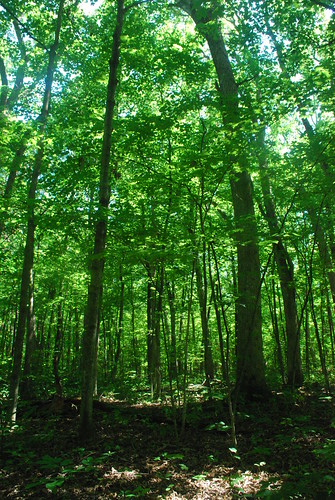Timber Value 101 for Land Buyers
By: Jay Frazier– Broker Associate with First Weber Group,
Recently I had a question from a buyer relating to the standing timber on a property and how it affects the value of the parcel. Since many rural properties are wooded, I realized that others may have many of the same questions. Below is an excerpt of his question and my answer:
Jay,
.…my biggest problem is I still cannot get a handle on the ‘worth’ (based on return, not emotion) of timber property. I’m familiar with farmland returns and projections, but I have no clue on timber. I’m having a difficult time figuring out what it is truly worth with the state and projections of the timber market. I know you cannot ‘advise’ on ‘worth’ of timber, but do you have any websites, publications, or other sources you could direct me for me to educate myself?
Well, that’s a million dollar question! The quick answer is: No, I don’t have a good place for you to go to educate yourself to the extent needed to determine timber value on a given property. Also, some sources of information and websites have a hidden agenda so you don’t get the complete picture.
The longer answer is that the timber value of a property is variable based upon current markets, the stand (species and density) on the property, when it was last cut and how much the owner is willing to harvest (how does he/she want it to look when the cut is completed). It is also complicated by what any existing MFL (Managed Forest Law) contracts will allow you to do. To further confuse the issue, timber value fluctuates based on the whims of interior designers and the public as certain wood species come into style, then fade away only to come back into vogue a decade or two later. Of course, the law of supply and demand dictates that the popular species are more valuable.
When I value a property to list it or advise a buyer client, I usually establish a baseline that assumes that there is a mix of hardwoods and it hasn’t been logged heavily in the last 10 years. The key word is heavily as I don’t discount for a few trees harvested in that time frame as long as it hasn’t been decimated. For my purposes, if it is to be classified as wooded, then it has to have a various mix of trees of differing sizes. That is the baseline I use and I don’t add or subtract value if that is the case. Now if most of the mature trees were harvested recently and it will be more than 20-25 years before another harvest would be practical, I will subtract value. On the other hand if there hasn’t been a cutting in the last 20 plus years and there is an abundance of quality trees ready to be harvested, I will add value. Bear in mind that very seldom does a property become available that has a large quantity of mature trees unless the seller is very aware of their value to the property and wants a premium price.
That being said; the only way I know of for the typical buyer to determine the timber value on a property is to hire a forester to do a current valuation and estimate that value 5, 10, 15 or 20 years into the future. Don’t forget, you can’t just add that value to the value of the land because you do need some amount of trees just to be at the baseline that I described. Be aware that what a forester does is just an estimate. When I was in the lumber industry, it was not uncommon for several foresters to cruise the same stand of timber and have their estimates vary considerably.
While timber can add significant value to a property, unfortunately, it’s not as easy to quantify as tillable land income. Since you may not be able to realize the income from timer for a number of years, it generally needs to be viewed as a long term investment and in the mean time appreciated for its aesthetic value.
 By Jay Frazier, Muscoda Office, First Weber Group Realtors
By Jay Frazier, Muscoda Office, First Weber Group Realtors
Originally Posted 12/15/2010 on Jay’s Southwest Wisconsin real estate blog
photo credit http://www.flickr.com/photos/wackybadger/4819784269/
